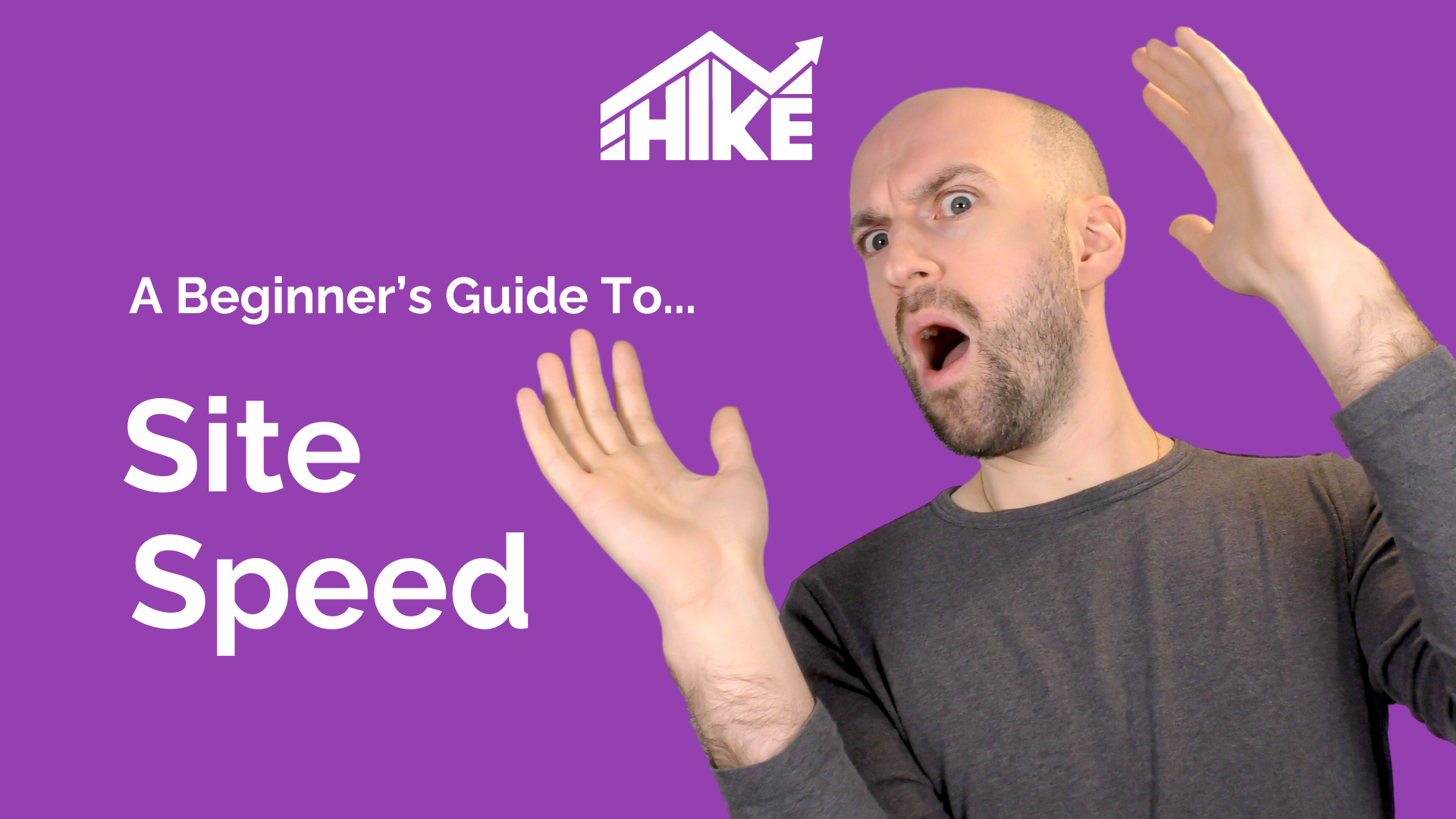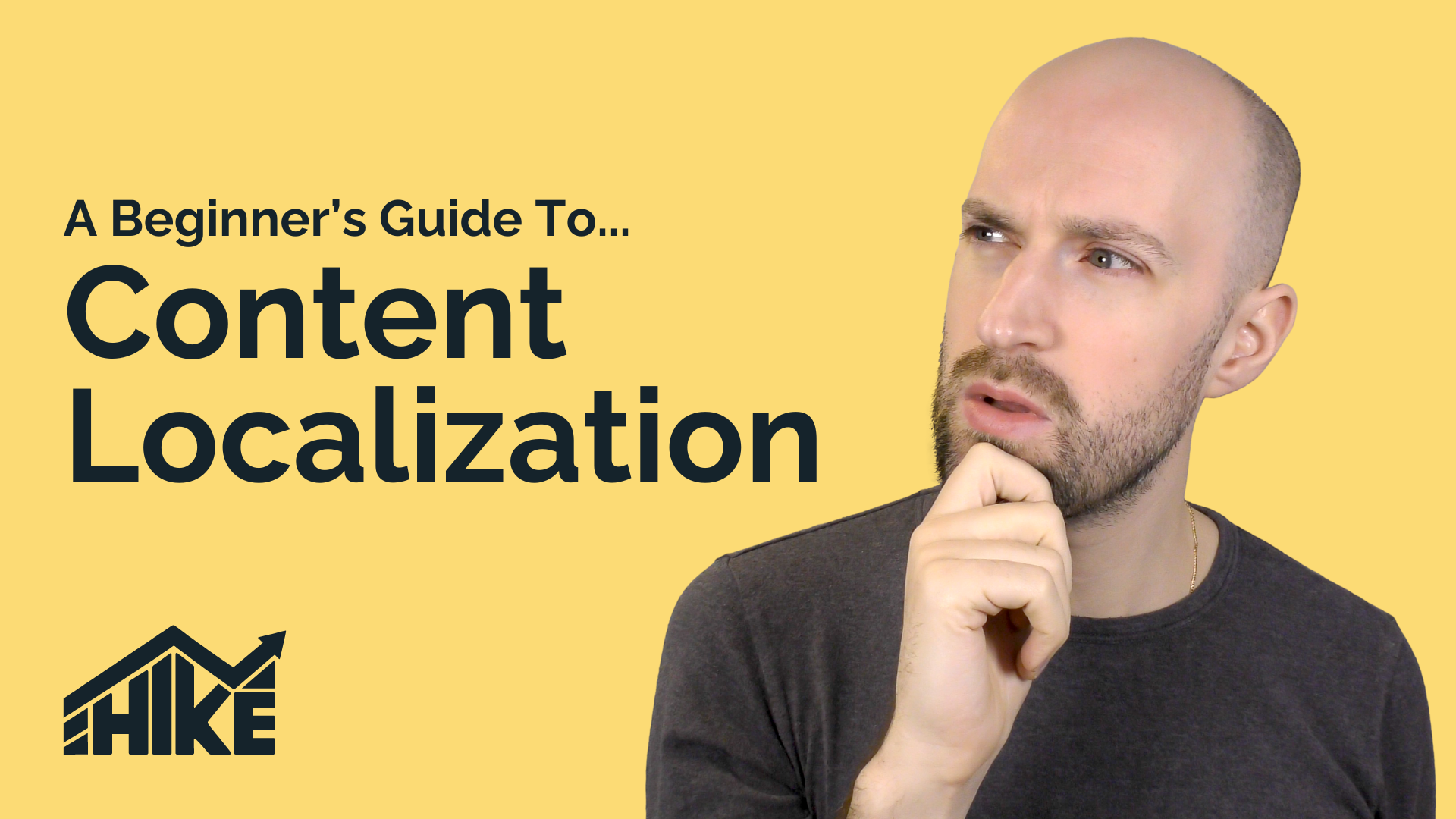In this video, we’ll explore the differences between tags and categories and how to use them effectively in your content management system (CMS) for optimal SEO performance. You can watch the video or read the text summary below:
What Are Tags?
Tags are specific keywords or phrases that describe the details of your blog posts. They have a flat structure, meaning they are non-hierarchical and do not have parent-child relationships.
Why Are Tags Important?
- Improves Search Engine Relevance: Tags provide search engines with additional context about your posts, which can improve their relevance in search results.
- Enhances User Navigation: Tags help users find related posts on specific topics, increasing site engagement.
- Boosts Internal Linking: Tags link related posts, encouraging users to explore more content, reducing bounce rates, and increasing time on site.
- Improves Crawlability: A well-structured tagging system helps search engines discover new pages, enhancing crawl rates and overall SEO.
Example Tags
- For a post titled “Top 10 On-Page SEO Tips for 2024”: Possible tags could include “on-page SEO,” “SEO tips,” “2024 SEO,” and “SEO checklist.”
- For a post titled “How to Create Engaging Instagram Stories”: Tags could include “Instagram marketing,” “Instagram stories,” “social media tips,” and “content creation.”
What Are Categories?
Categories are broad organizational units that group related posts under a general theme. They are hierarchical, allowing for parent-child relationships, which means you can have subcategories and even sub-subcategories.
Why Are Categories Important?
- Simplifies Site Navigation: Categories make it easier for users to navigate your site and help search engines understand the structure, improving crawlability and relevance.
- Effective Content Management: Categories help you manage and organize content efficiently, ensuring smooth navigation and easy content updates.
Example Categories
- For an SEO section: Categories could include “On-Page SEO” and “Off-Page SEO.”
- For a content marketing section: Categories might be “Blogging” and “Video Marketing.”
Tags vs. Categories: Key Differences
- Scope: Categories are broad and general, while tags are specific and detailed.
- Hierarchy: Categories are hierarchical (allowing subcategories), whereas tags are non-hierarchical and flat.
- Purpose: Categories group related posts under a common theme, while tags highlight specific details of a post.
Best Practices for Using Tags
- Be Specific and Relevant: Ensure that tags are highly relevant to the content. For example, a post titled “10 Tips for Solo Travel” might include tags like “solo travel,” “travel safety,” and “adventure travel.”
- Limit the Number of Tags: Use a manageable number of tags (around 4-5) to avoid cluttering your site with too many generic tags.
- Avoid Duplicate Tags: Ensure each tag is unique and descriptive. For instance, avoid having both “SEO tips” and “SEO advice” as they essentially mean the same thing.
Best Practices for Using Categories
- Keep Categories Concise: Aim for a clear and concise list of categories. Too many categories can dilute your site structure and confuse users.
- Use Subcategories Sparingly: Only create subcategories when they add value. For example, under a “Recipes” category, subcategories like “Desserts,” “Main Courses,” and “Appetizers” are useful. Avoid creating sub-subcategories unless necessary.
- Ensure Unique Categories: Avoid overlapping categories. For example, in a travel blog, don’t use both “Travel Tips” and “Travel Advice” as categories since they are redundant.
SEO Impact of Tags and Categories
Tags
- Additional Context: Tags provide search engines with more information about your content, improving its discoverability.
- User Engagement: Tags enhance engagement by linking related content, which can improve metrics like time on site and bounce rates.
- Internal Linking: Tags create additional internal links between related posts, helping distribute link equity and boosting the rankings of new posts.
Categories
- Site Hierarchy: Categories create a clear hierarchy, making it easier for search engines to crawl and index your site.
- Authority Building: Well-organized categories help establish your site’s relevance in specific areas, improving your authority on those topics.
- Internal Linking: Categories facilitate internal linking, distributing page authority and improving overall SEO.
Conclusion
Thanks for watching this video on tags vs. categories. If you have any questions, please comment below. Don’t forget to check out Hike SEO—a fantastic all-in-one SEO platform designed for beginners, small businesses, and agencies. It simplifies the process of implementing SEO changes, even if you have no technical experience. With features like the new on-site optimizer, you can make changes directly on your site easily. Check it out, and we’ll see you there. Take care!



